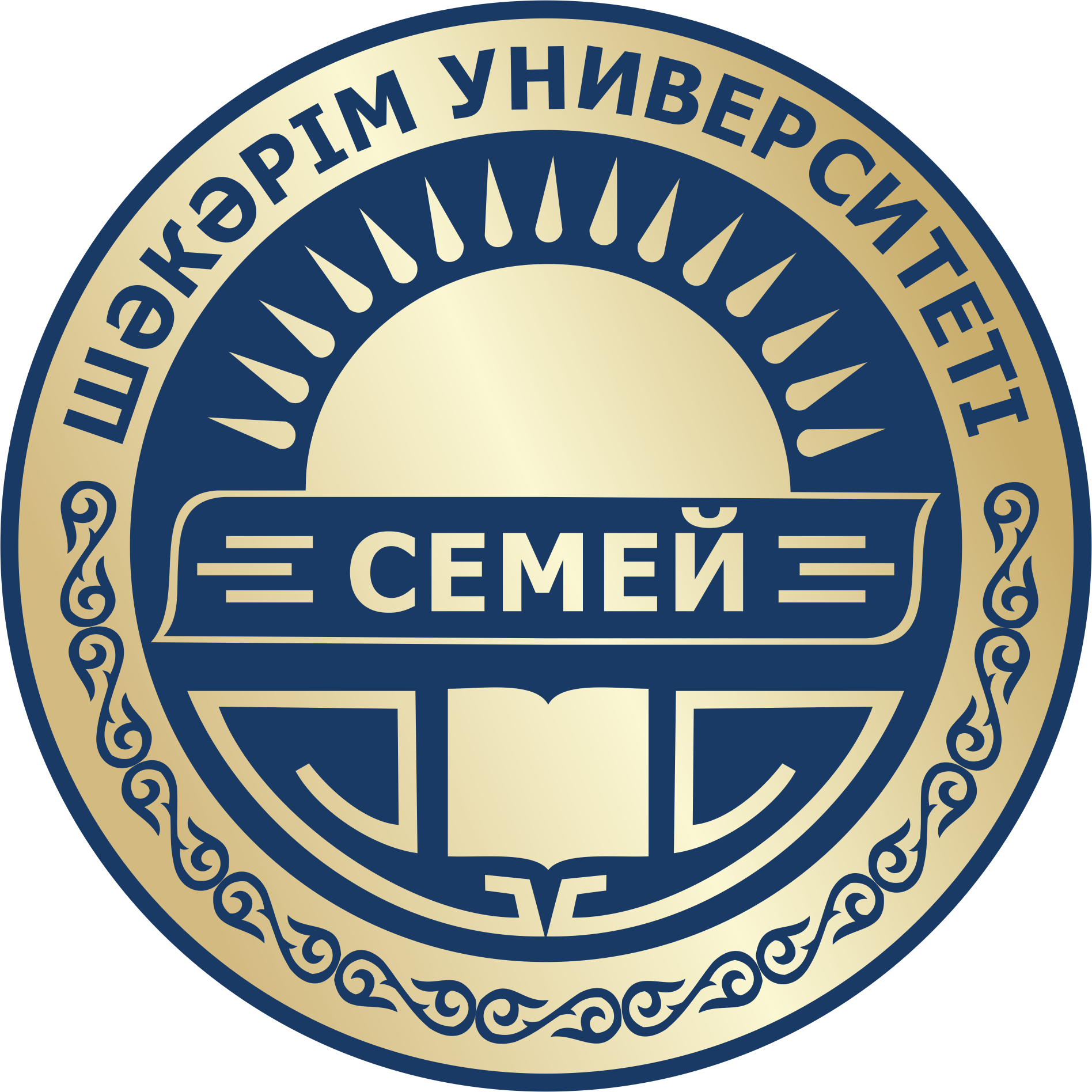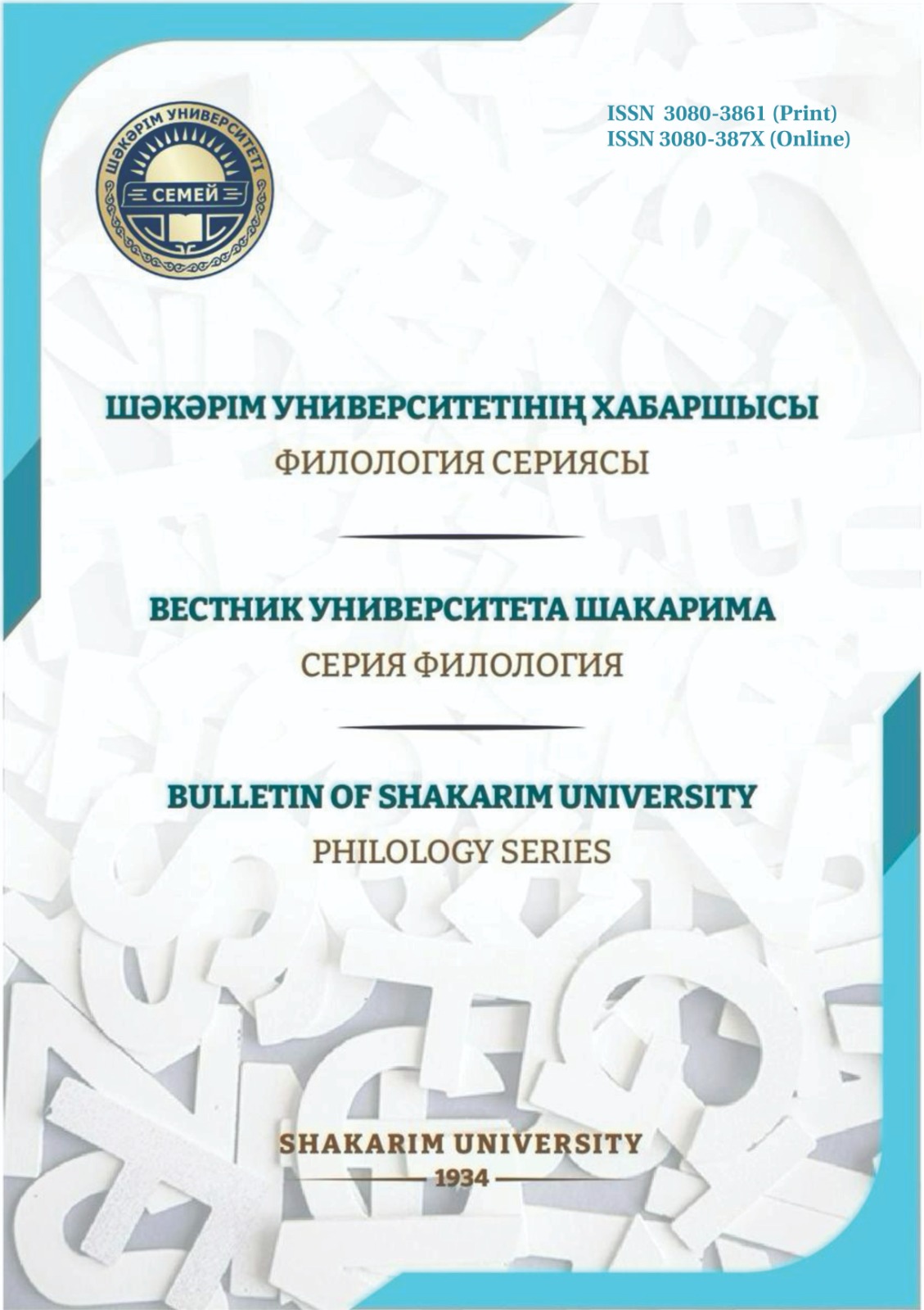To the question of category of aspect in the language consciousness
Keywords:
life values of an ethnos, language consciousness, the category of boundedness / unboundedness, internal time of an action, mentalityAbstract
This study investigates the relationship between linguistic consciousness and national mentality, using the categorical opposition of boundedness and unboundedness as a focal point. By analyzing how actions are linguistically framed in Russian and English, it reveals significant cultural differences embedded in these languages. Russian linguistic mentality emphasizes actional perfectivity, reflecting a worldview focused on transformation and achieving results, whereas English linguistic mentality prioritizes statal perfectivity, underscoring continuity and adherence to tradition.
The research employs insights from cognitive and cultural linguistics, drawing on the works of Sapir, Whorf, and others, to explore how cultural values are encoded in language systems. Particular attention is paid to verbal semantics, grammatical categories, and their role in expressing the inner duration of actions. These findings are not only theoretical but also practical, offering implications for intercultural communication and language teaching.
The study concludes that understanding the linguistic representation of mentalities can enhance cross-cultural comprehension and foster effective communication. It further highlights the need for ongoing research into how language reflects and shapes the values and behaviors of different cultures.
Additional Files
Published
Issue
Section
License
Copyright (c) 2025 The editorial staff of the journal follows the copyright law of the Republic of Kazakhstan and relevant international agreements. The authors retain their copyright and provide the journal «Bulletin of Shakarim University. Series of Historical Sciences» right of first publication of the manuscript. The author has the right to copy and distribute the material in any medium and in any format, subject to appropriate reference to the journal. Readers and users can freely copy, distribute and adapt the material, provided that the author of the work is indicated and a link to this journal is provided. Copyright presupposes the integrity and responsibility of each co-author who made a significant contribution to the writing of the article. The author has the right to store his publications in an institutional or other repository of his choice, provided he provides the appropriate link to the journal’s website.

This work is licensed under a Creative Commons Attribution-NonCommercial 4.0 International License.
Copyright presupposes the integrity and responsibility of each co-author who made a significant contribution to the writing of the article.
The author has the right to store his publications in an institutional or other repository of his choice, provided he provides the appropriate link to the journal’s website.

